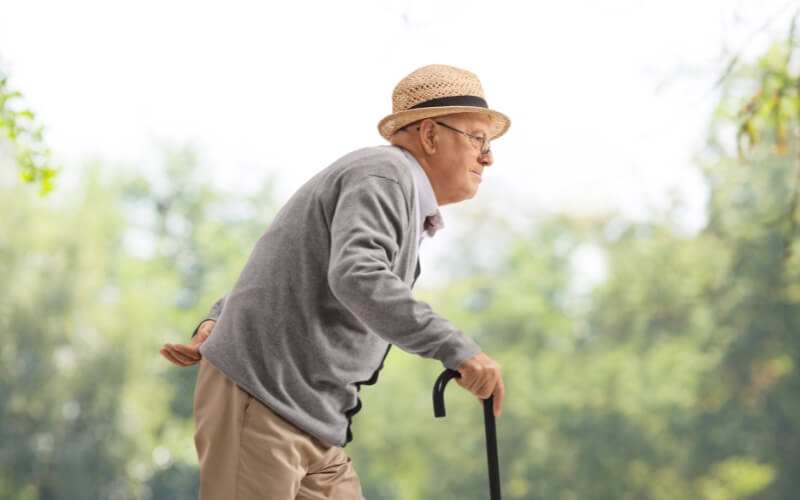Let’s explore the role of Exercise Physiology for Cancer Patients
A cancer diagnosis brings a host of physical and emotional challenges. Today we will explore the role of exercise in the process of treatment and after therapy.
There is growing interest in the power of exercise in both supporting treatment outcomes for certain cancers, as well as to help treating many common side effects of therapy.

Managing Fatigue
A common side effect of cancer and it’s treatment therapies is fatigue. Exercise can help combat fatigue before, during and after treatment by maintaining or improving fitness and energy levels.
Treatment Response
For certain cancers like breast, colorectal and prostate cancer, exercise has been shown to improve survival rates. Evidence from many observational studies also link higher physical activity to lower cancer risk.
Exercise Physiologists can provide chemotherapy exercise programs and breast cancer exercise programs to help your outcomes.

Treatment Recovery
Beyond the response of treatment, Exercise Physiology for cancer patients has shown to be extremely beneficial in helping people recover during and post-treatment. Symptoms like energy levels, treatment-related muscle loss, bone strength, and mobility and balance can all be improved with exercise. This underscores exercise as a complementary strategy in the cancer journey.
Addressing Common Side Effects
- Muscle Loss: Regular resistance exercise supports muscle preservation, combatting the side effects of hormone therapy and steroid treatments
- Anaemia: A combination of exercise and good nutrition has been demonstrated to improve haemoglobin levels
- Depression, anxiety, stress: Exercise is a great tool in the arsenal for managing the emotional toll of cancer treatment through the production of healthy endorphins.
- Lymphoedema: Early engagement in an exercise program may reduce the risk of lymphoedema development, whilst regular exercise can alleviate its severity and symptoms.
- Bone density loss: Hormone and radiation therapy is known to reduce bone mineral density. Resistance and impact training are considered effective tools for maintaining bone health and attenuating the loss of bone mass during treatment
- Weight management: Weight gain is a common side-effect of cancer treatments. A combination of nutrition and exercise can help manage weight and promote overall wellness.
- Quality of Life: Exercise contributes to overall life quality by addressing a range of concerns such as general wellbeing, sexuality, cognitive function, sleep, anxiety, fatigue and pain.
- Mobility and Independence: Exercise plays a key role in maintaining physical function and autonomy during and after treatment.
- Coexisting conditions: Exercise can also help reduce the risk of developing coexisting conditions such as heart disease and diabetes.

Considerations for Safe Participation
Whilst the evidence supports exercise as a beneficial adjunct to cancer and its treatment, it is essential to approach physical activity with the help of your healthcare professionals.
Your doctor, specialist and exercise physiologist will be crucial for developing a safe and effective exercise strategy which account for your individual circumstances and side effects.
Get in touch with us to find out more about Exercise Physiology for cancer patients.


